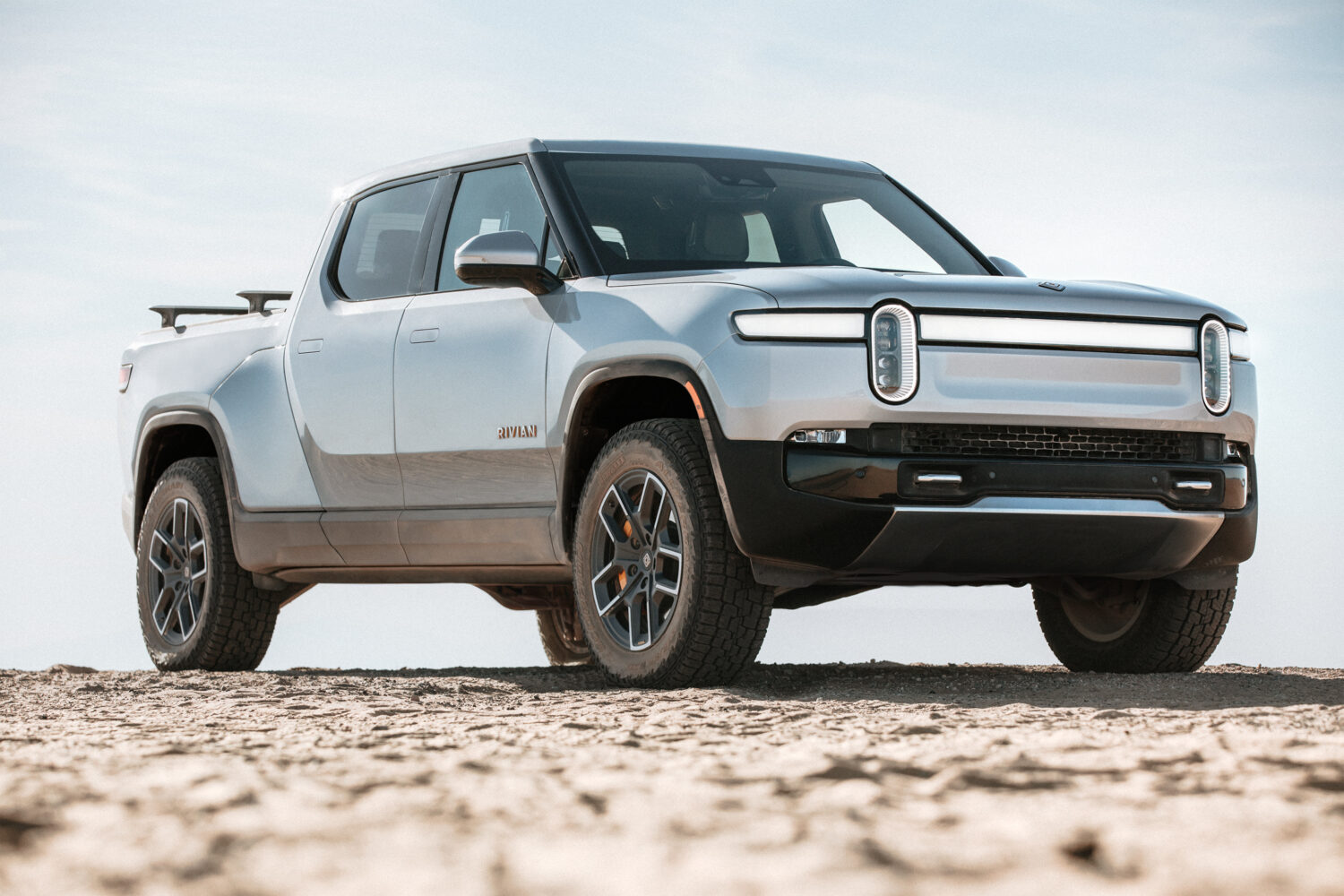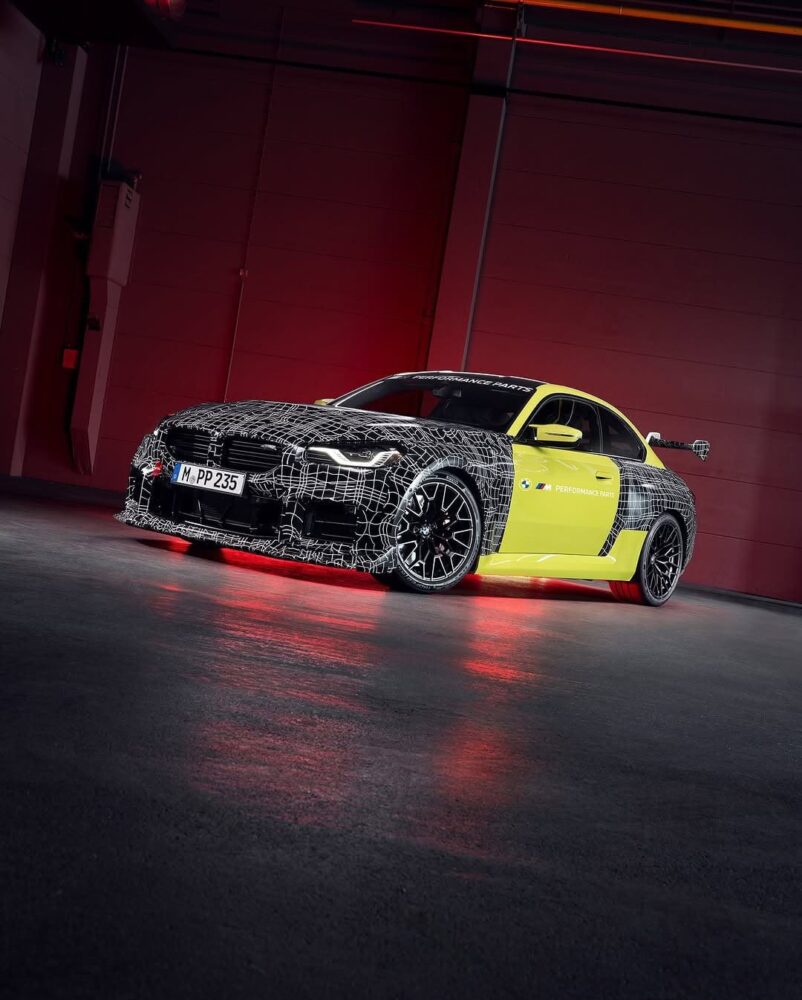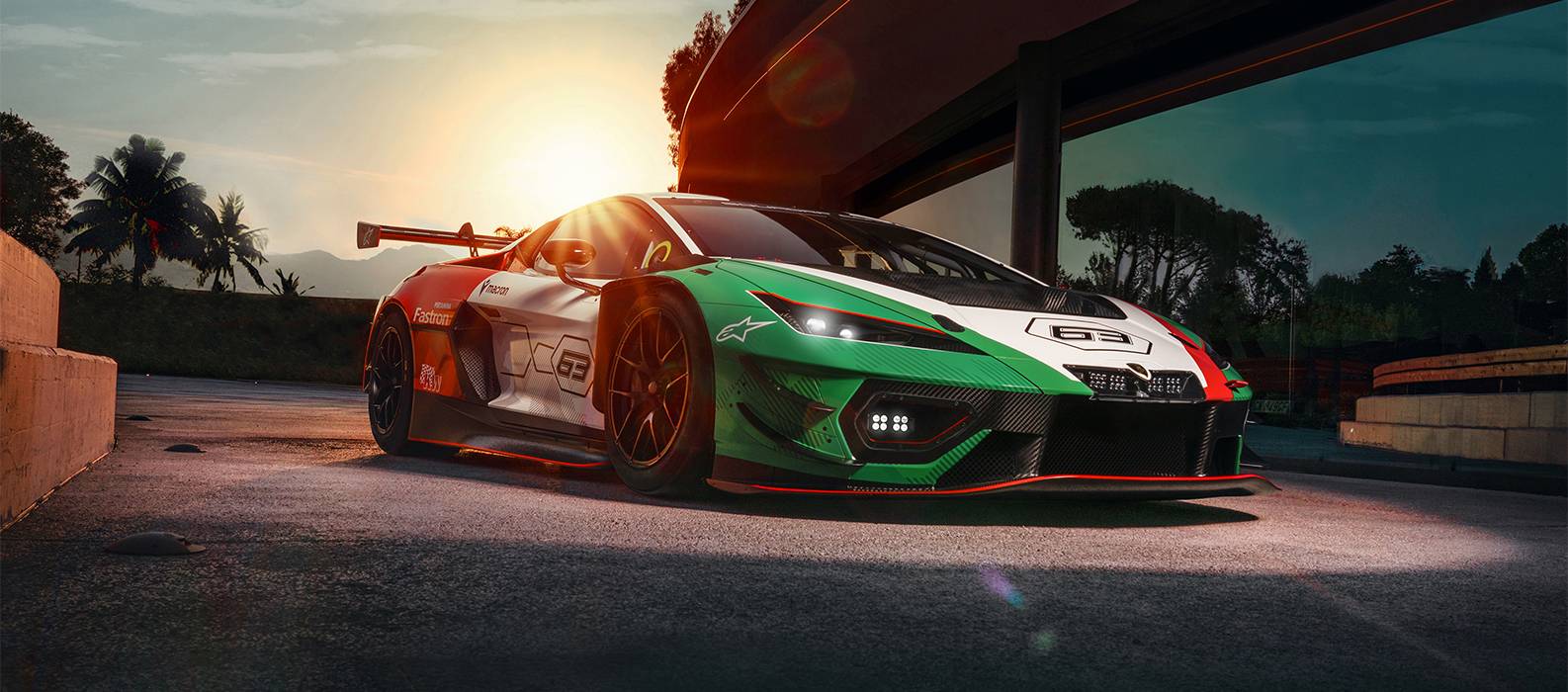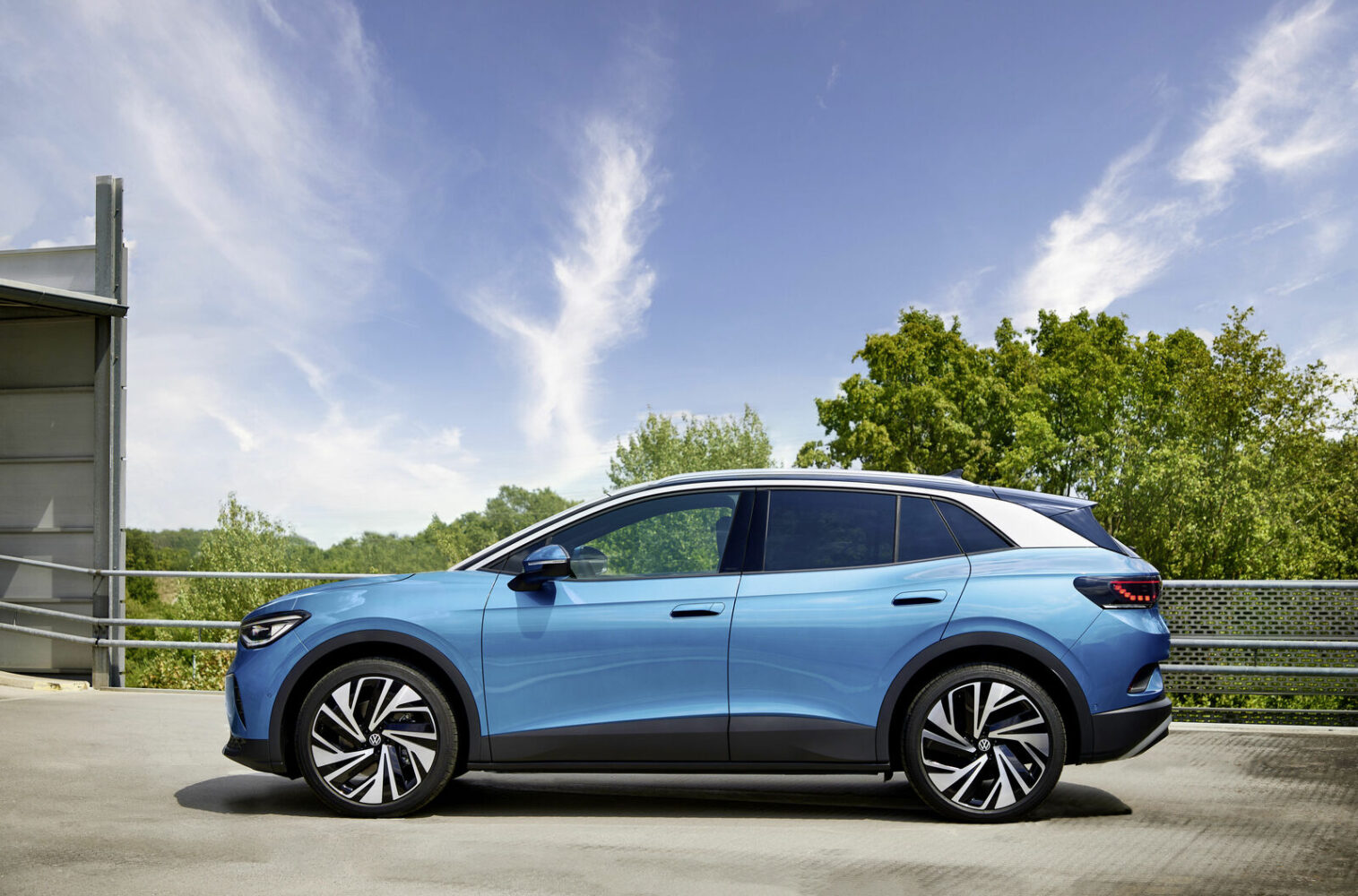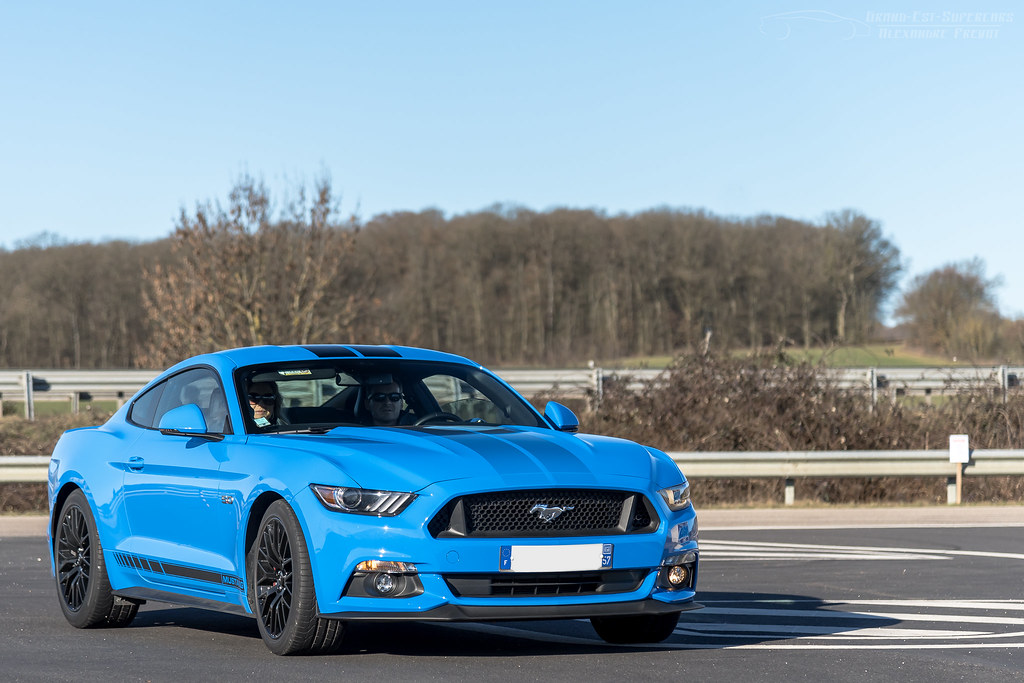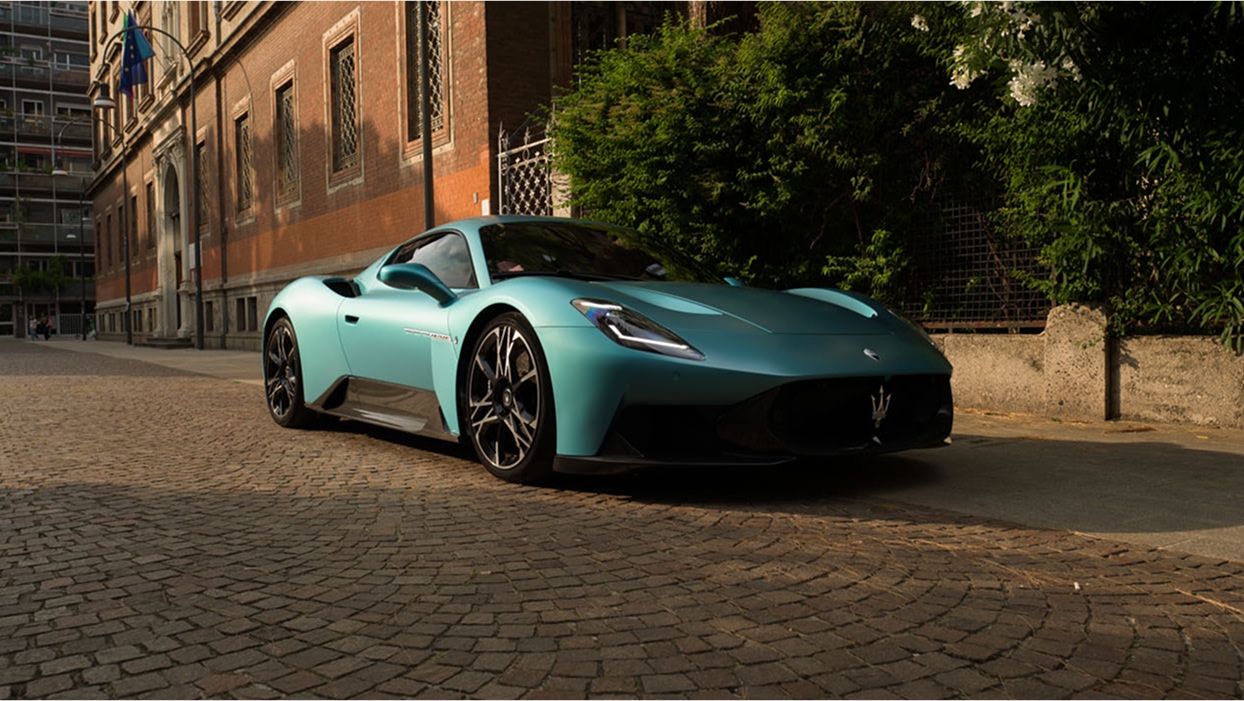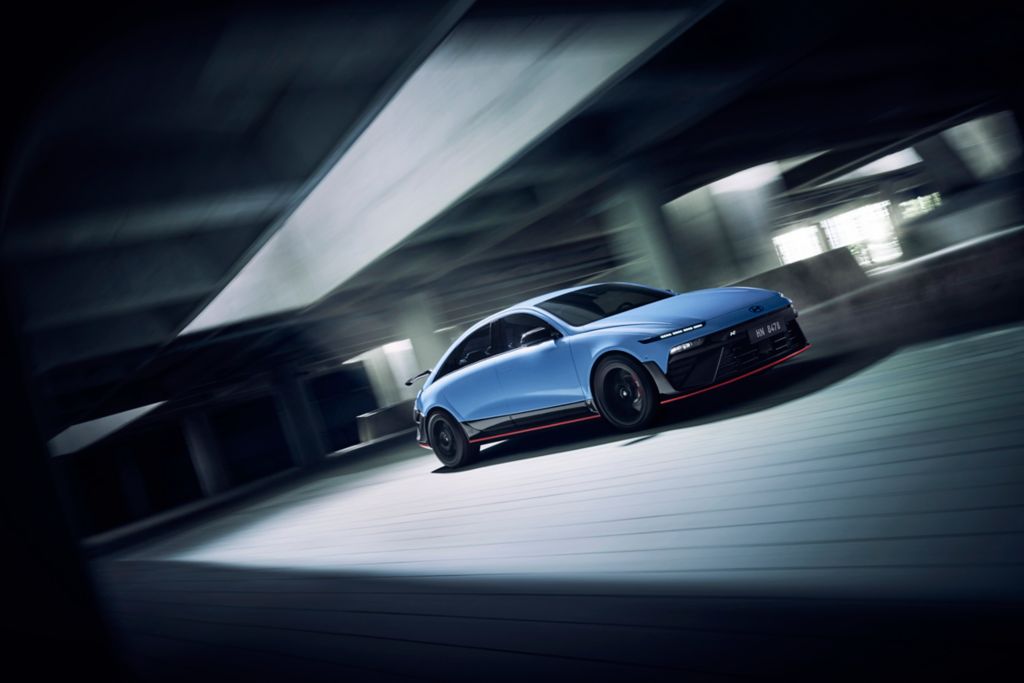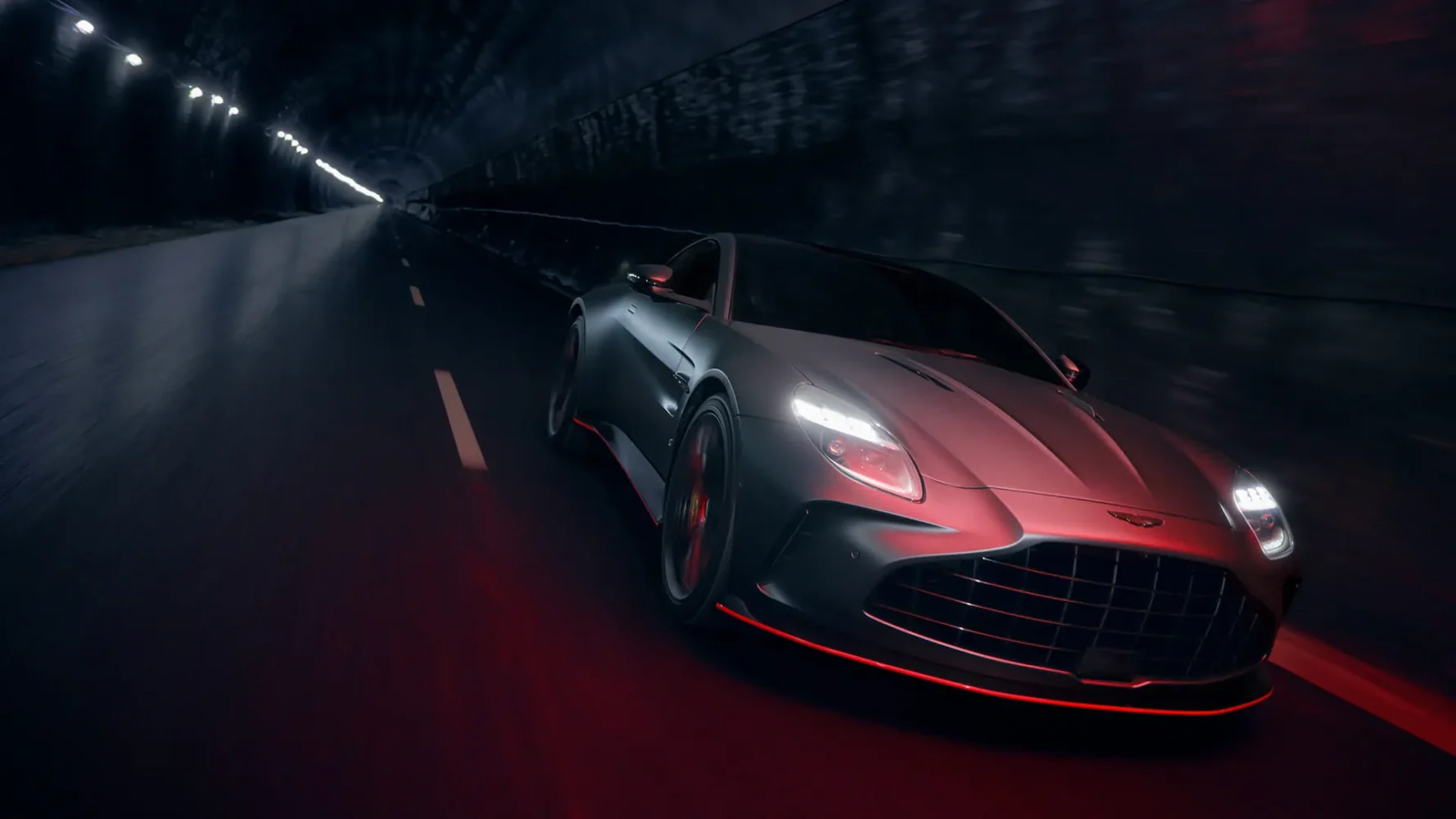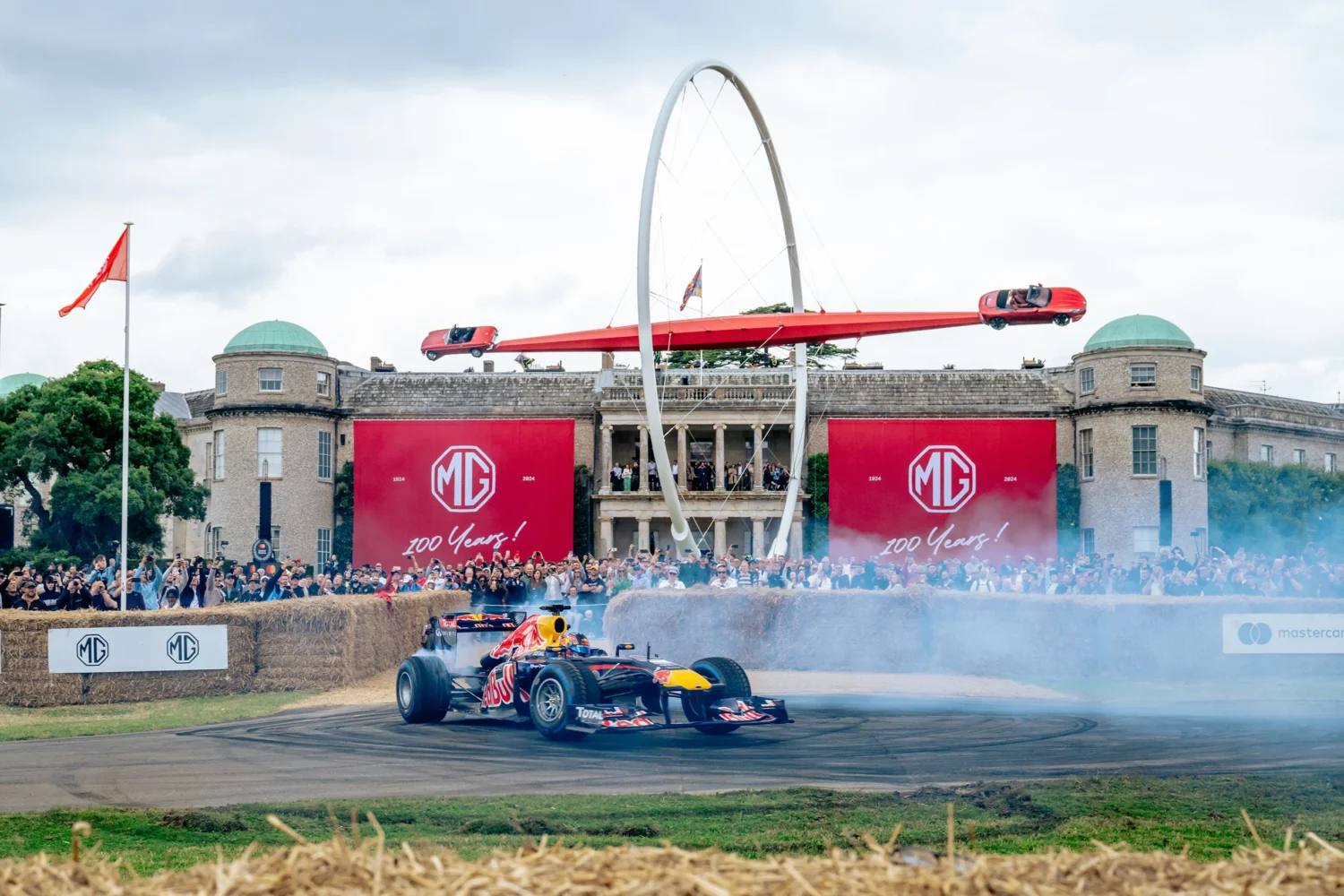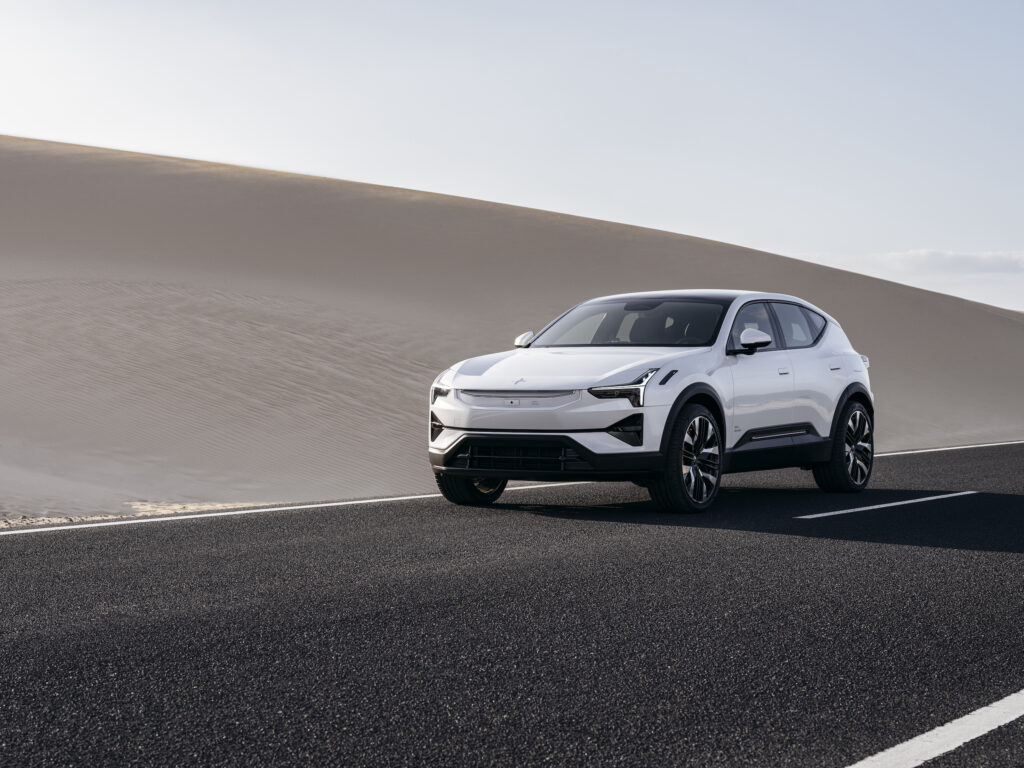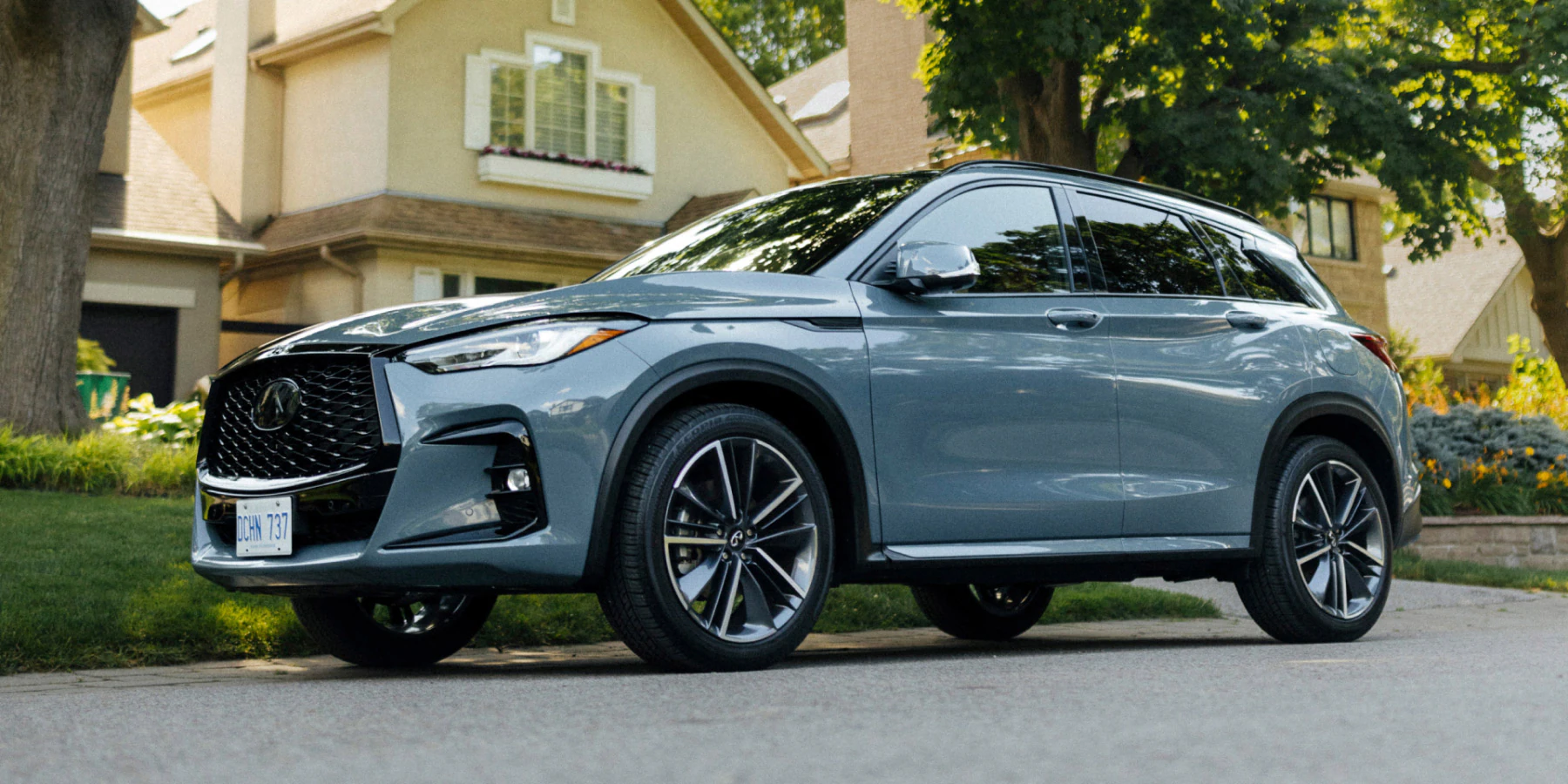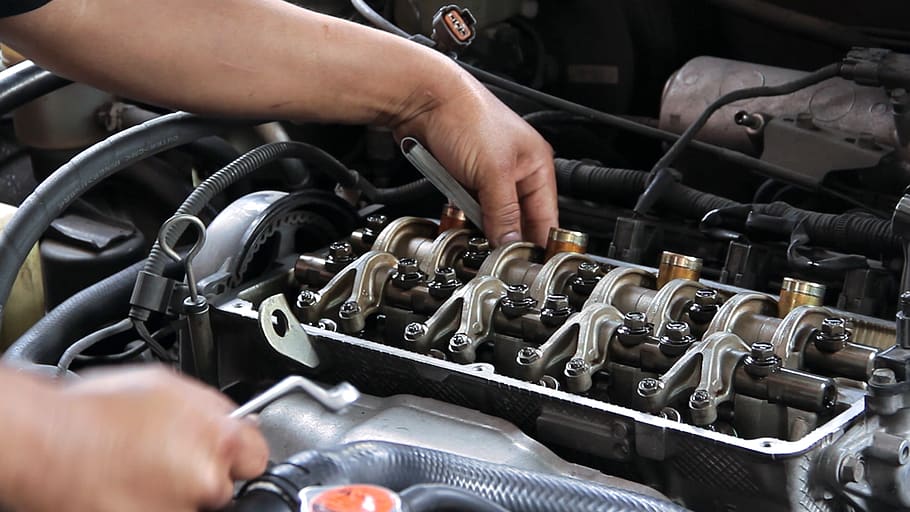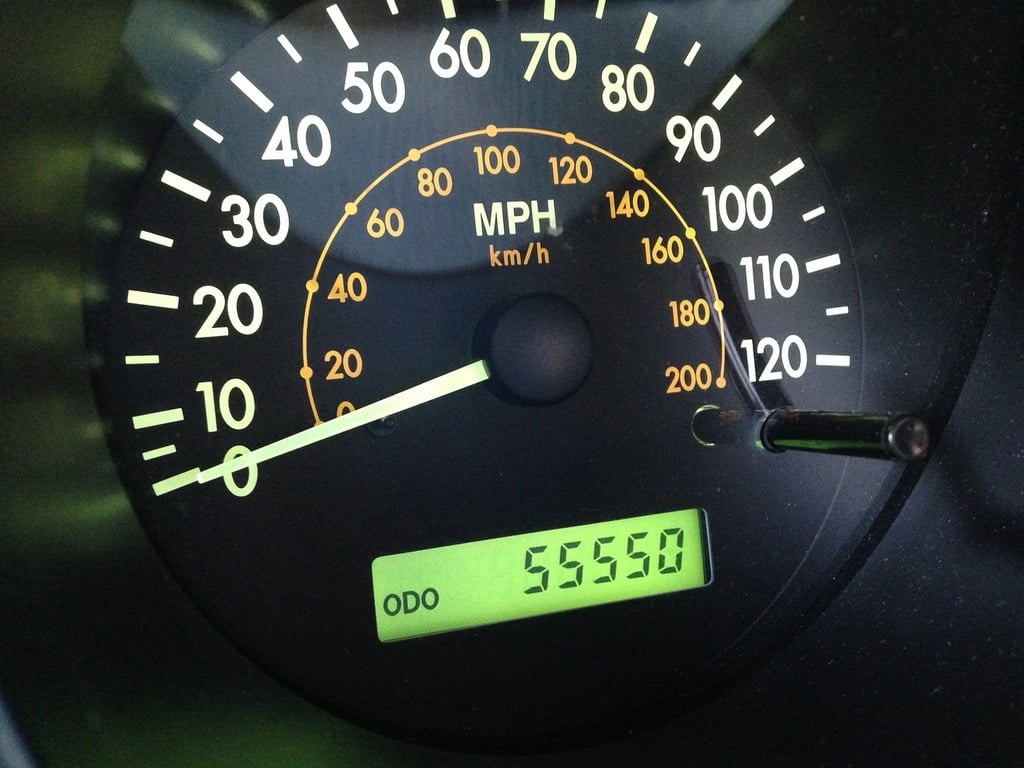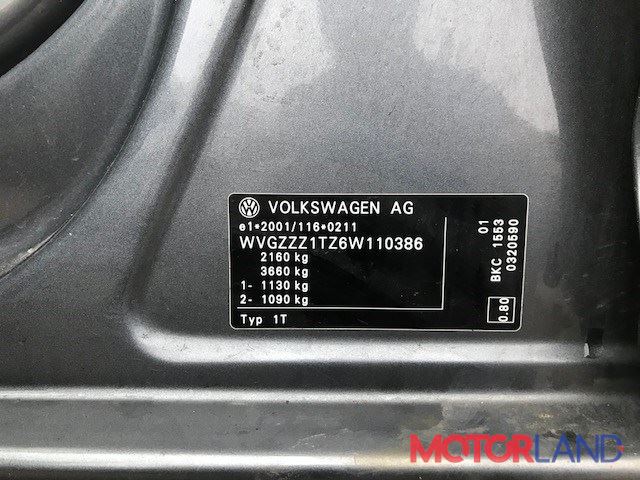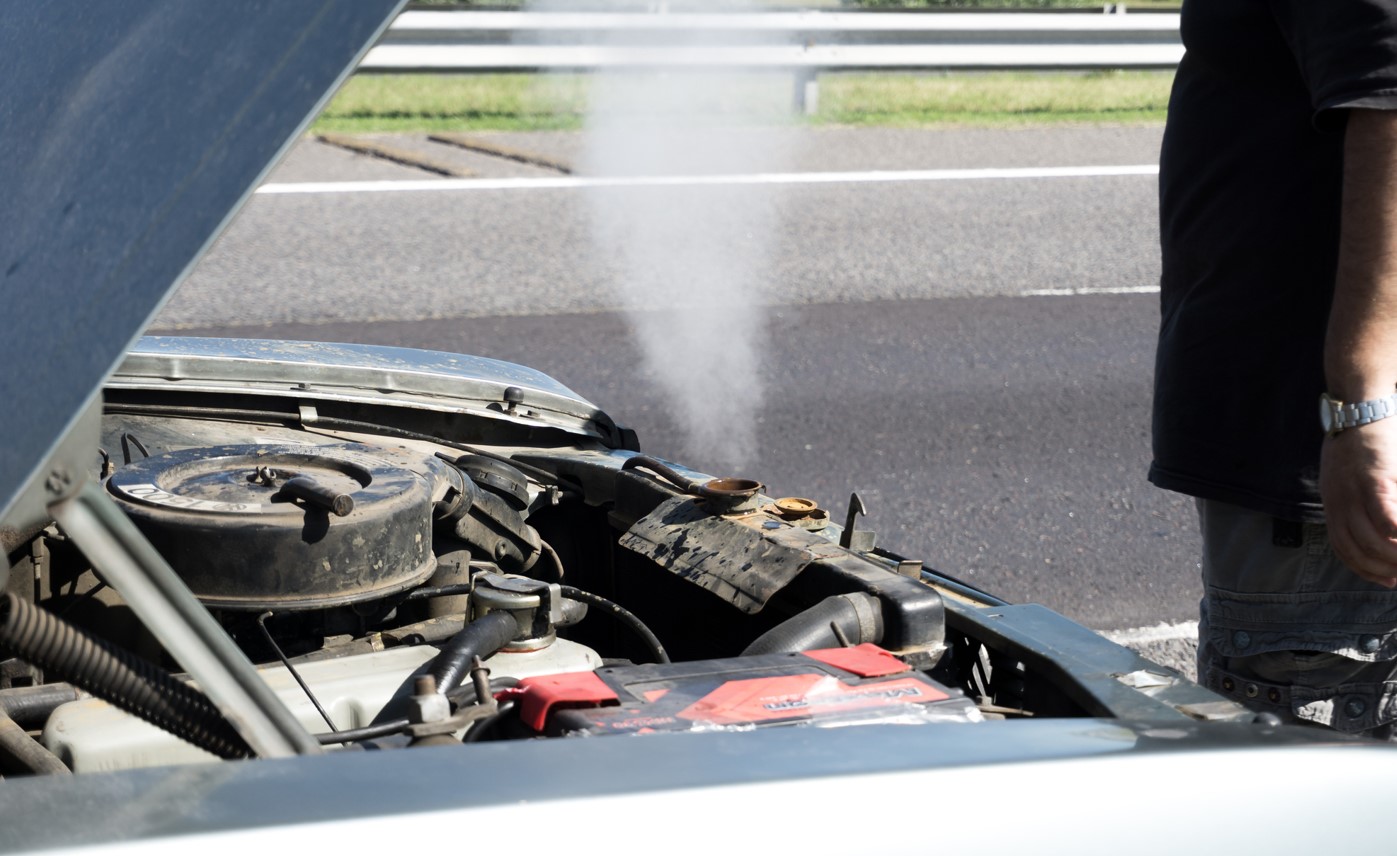Formula 1 technology rarely translates to road cars without compromise. Marketing departments love claiming F1 DNA while delivering watered-down performance that wouldn’t impress a qualifying marshal.
The Mercedes-AMG ONE doesn’t play that game.
When Engineers Mean Business
This hypercar packs a legitimate Formula 1 powertrain. Not “inspired by” or “derived from” – the actual thing.
A 1.6-liter V6 hybrid engine works with four electric motors to unleash over 1,000 horsepower of properly harnessed fury. The result? A road-legal missile that hits 100 km/h in 2.9 seconds and tops out beyond 217 mph.
Numbers tell only part of the story. The AMG ONE’s aerodynamic package delivers genuine downforce through a two-part extendable rear wing and active flaps that adjust to driving conditions.
This isn’t a styling exercise with some carbon fiber tacked on. It’s functional.
The $2.7 Million Club
Mercedes F1 driver George Russell recently joined the exclusive AMG ONE owners club.
The $2.7 million price tag buys entry into a group smaller than the F1 grid itself. Fellow team driver Lewis Hamilton reportedly has one assigned to him as well.
When the people who drive the fastest race cars on Earth choose to spend their millions on your road car, you’ve built something legitimate.
Why It Matters
The AMG ONE represents something increasingly rare: uncompromised engineering. Its standout attributes include:
- Direct F1 powertrain technology rather than vague “inspiration”
- Functional aerodynamics that generate actual downforce
- Performance numbers that justify the seven-figure price
Most hypercars exist as garage investments or social media props. The AMG ONE exists because Mercedes engineers wanted to see if they could make an F1 car wear license plates.
They succeeded.
The result isn’t just impressive for a Mercedes. It’s impressive for what it represents: the absolute limit of what’s possible when racing engineers ignore focus groups and bean counters.
It’s what happens when the people who build championship-winning race cars decide to build something you can drive to dinner.
The dinner reservation just needs to be 217 miles away for you to properly enjoy the journey.



